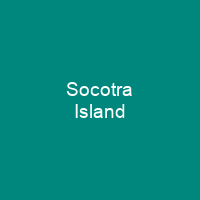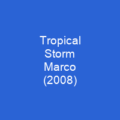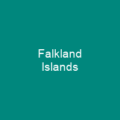Socotra or Soqotra is the largest of the four islands in Socotra Archipelago. It is located between the Guardafui Channel and the Arabian Sea. In 2008 it was recognised as a UNESCO World Heritage Site. In 2013, the archipelago became its own governorate: SocotRA Governorate.
About Socotra Island in brief

The inhabitants were Oriental Orthodox but also practised ancient magic rituals despite the warnings of their archbishop. In the 10th century, the Arab geographer Abu Muhammad al-Hasan al-Hamdani stated that in his time most of the inhabitants of the island were Christians. A recent discovery of texts in several languages, including a wooden tablet in Palmyrene, indicate the diverse origins of those who used Socotras as a trading base in antiquity. Most of the texts are written in the Indian Brāhmī script, but there are also inscriptions in South Arabian, Ethiopic, Greek, Palmyrenic and Bactrian scripts and languages. In 2004, it became attached to the Hadhramaut Governorate, which is much closer to the island than Aden. It lies 380 kilometres south of the Arabian Peninsula. While politically a part of Yemen, Socotran geographically are part of Africa. It was not mentioned in The Travels of Marco Polo; Marco Polo did not pass anywhere near the island but recorded a report that \”the inhabitants are baptised Christians and have an ‘archbishop’ who, it is further explained, has nothing to do with the Pope in Rome, but is subject to an archbishop who lives at Baghdad. The island measures 132 kilometres in length and 49. 7 kilometres in width. In 2001 a group of Belgian speleologists investigated a cave on the island of SocOTra.
You want to know more about Socotra Island?
This page is based on the article Socotra Island published in Wikipedia (as of Dec. 28, 2020) and was automatically summarized using artificial intelligence.







